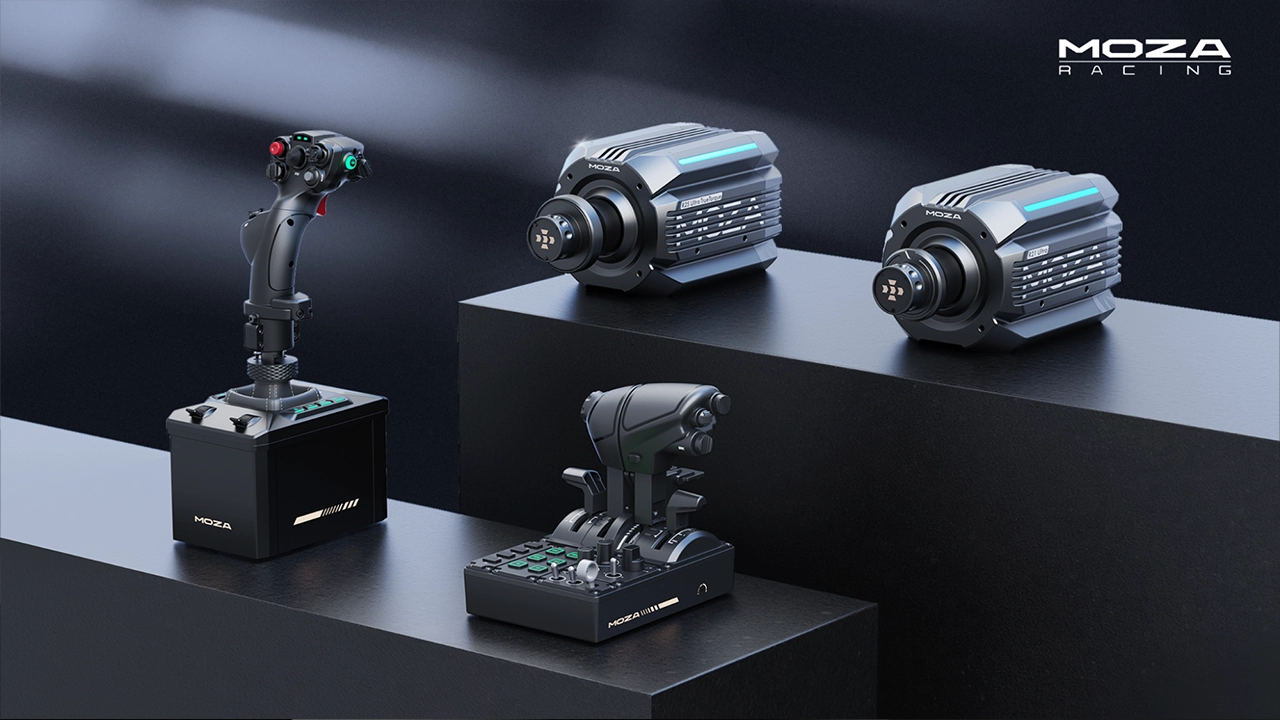
MOZA Launches New Sim Racing Wheel Bases + New Flight Sim Products
MOZA is rounding out 2025 with a batch of new simulation product launches. They have officially… Read More »MOZA Launches New Sim Racing Wheel Bases + New Flight Sim Products
EA Sports F1 » Preventing Understeer in F1 25, LMU, & iRacing with the “Throttle Jump” Technique

Disclaimer: Some of the links on this page may be affiliate links. We earn a commission from any sale after clicking an affiliate link. Find out more.
In the world of sim racing, learning the right driving techniques is more important than simply logging hours behind the wheel. Many newcomers jump from car to car or from one sim to another—hoping that a new setup or pedal upgrade will suddenly make them faster. But in truth, the key to consistent improvement lies in mastering the fundamentals that apply to any car, any simulator, and any set of pedals (or controller).
One of the most powerful yet underrated techniques in sim racing is something I have called the “Throttle Jump.”

It’s a skill that improves car rotation, exit speed, and control, all while helping you stay planted on track and avoid understeer. Whether you’re driving in iRacing, F1 25, Le Mans Ultimate, or even real-life karting or formula cars, this single skill can dramatically change your corner exits.
Let’s break down what the throttle jump is, why it works, how to use it correctly, and how top-tier drivers from F1 Esports to real Formula 1 are mastering this simple motion.
Throttle application is one of the most delicate parts of driving technique. Too early or too aggressive, and you’ll spin the rear tires and lose traction. Too cautious, and you’ll suffer from understeer or lose precious time on corner exits.
Many drivers are told that “smooth is fast.” That phrase is often true—especially when learning car control—but it can sometimes be misunderstood. A car may look smooth and in control even when aggressive inputs are being applied.
The fastest drivers often use rapid yet precise throttle inputs to control the car’s balance. This is where the throttle jump comes in.
As the name suggests, the throttle jump involves a quick, intentional “jump” in throttle input at the moment of corner exit.
Instead of smoothly ramping up the throttle from 0% to 100%, the driver makes a rapid jump—say from 0% to 50%—and then gradually increases the pedal pressure as the steering unwinds and the car stabilizes.
In short, it’s a controlled burst of throttle that “activates” the car’s mechanical grip and uses the available downforce efficiently. The result? Faster, cleaner exits and better lap consistency.
To understand why the throttle jump is effective, we need to look briefly at the physics of grip and weight transfer.
When you accelerate, weight shifts rearward. This shift increases the load on the rear tires—exactly what you want when trying to exit a corner. By jumping on the throttle rather than rolling on too slowly, you create that rearward load transfer faster, giving your rear tires something to bite into.
At the same time, this technique helps the car rotate. The rear tires gain grip while the fronts momentarily lose some load, allowing the nose of the car to point toward the exit rather than push wide in understeer.
The trick is to time it perfectly. Too early or too much, and you’ll overwhelm the rear tires and oversteer.
The throttle jump is a universal concept, but its execution depends on the car, corner type, and simulator physics model.
--- Article continues below --- Shop Sim Racing Discounts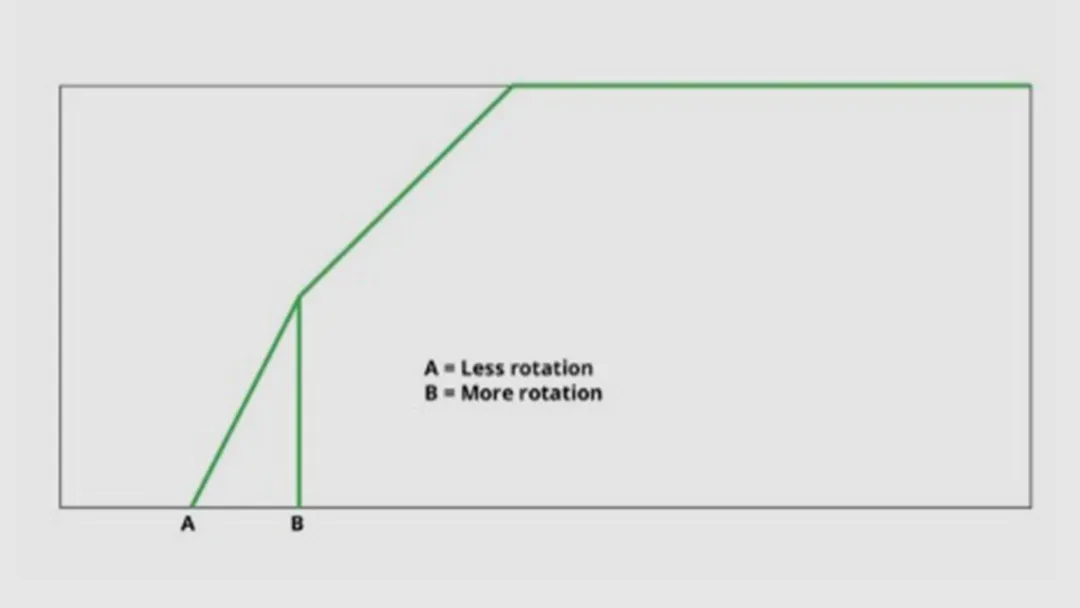
In powerful Formula or LMP2 cars, you’ll want a smaller jump—perhaps 30–50%—since these cars can easily overwhelm the tires with torque.
In something like an iRacing F4 or a Formula Ford, the throttle jump can be much larger, even up to 70–80%. These cars have less torque, so you can afford a more aggressive throttle ramp without losing traction.
In GT3 the throttle jump is often 100% immediately. The TC system modulates the power delivery for you, meaning you can stamp the pedal to the floor as soon as the car is stable.
You don’t have to take my word for it, top sim and real drivers are using this technique everywhere.
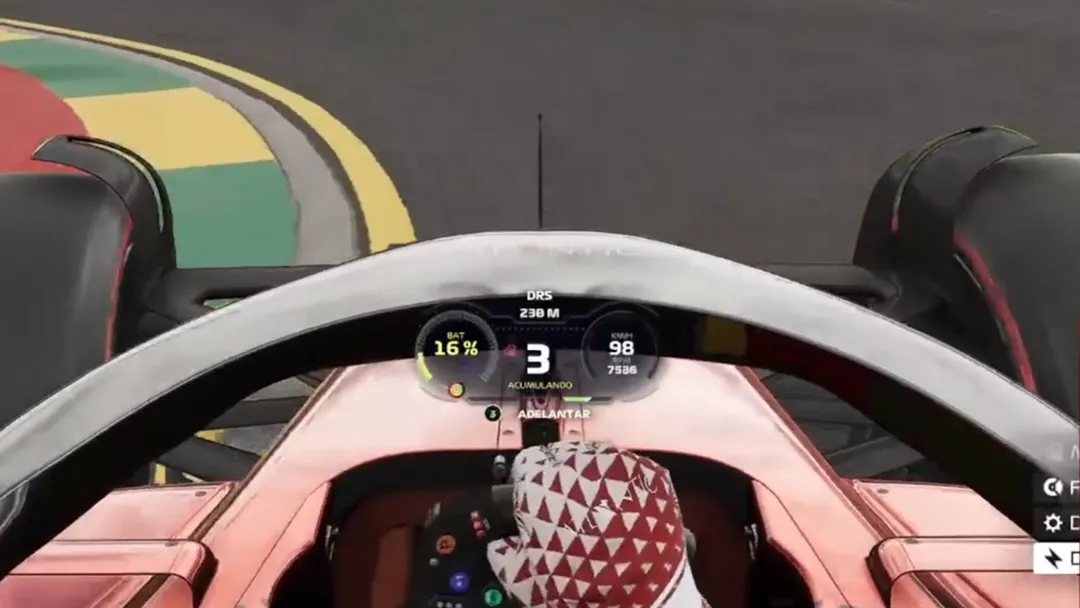

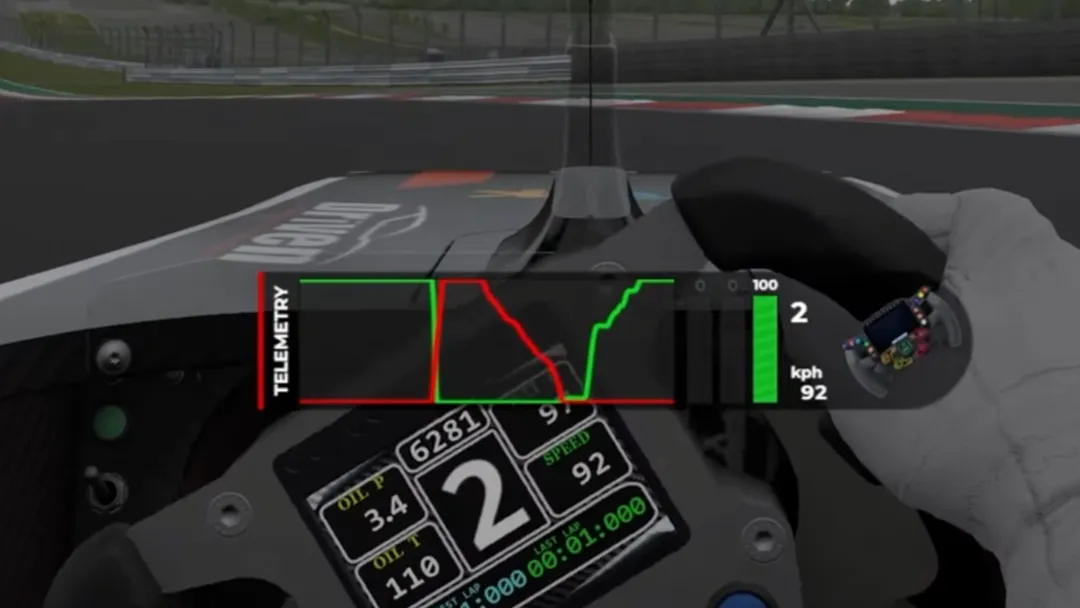

This consistency across platforms and disciplines shows how fundamental this motion is to modern driving.
If you closely analyze telemetry from elite sim and real-world drivers, you’ll notice something even more interesting. Right after the initial throttle jump, many of them make a tiny reduction in throttle—then continue to squeeze upward.
--- Article continues below ---Unlock maximum performance with multiple setups for every track and complete strategy packs.
I call this the “Throttle Overshoot.”
Sometimes, drivers like Jarno Opmeer perform what could be called a “double overshoot,” modulating twice before the final squeeze. It’s subtle but deliberate.
When you rapidly open and slightly close the throttle, you momentarily cause the rear tires to slip just a little—around 10% wheel slip, which is actually where tires generate their peak friction coefficient.
This mild wheel slip increases grip and helps the rear end rotate smoothly. It’s the same principle that makes controlled wheel spin ideal when launching a car from a standstill.
Of course, like any technique, it’s not without its dangers. If you apply the throttle jump too aggressively while still on curbs or with uneven traction, you risk snap oversteer or a complete spin.
You also need to adjust this behavior in dirty air or when following another car closely. Reduced downforce changes the balance of grip, making the rear end more sensitive to sudden weight transfers. In traffic, the throttle jump should be gentler and paired with earlier steering release.
What makes the throttle jump so valuable is its universality. It doesn’t depend on fancy equipment or game-specific physics—it’s rooted in real vehicle dynamics.
Whether you’re using a budget pedal set or a professional-grade direct drive rig, learning this technique will:
It’s also one of those skills that, once mastered, becomes second nature. You’ll start feeling the balance of the car through the throttle pedal—controlling grip, rotation, and stability without even thinking about it.
The throttle jump might go against the old-school idea that “smooth is fast,” but in today’s era of high-grip tires, dynamic weight transfer, and advanced sim physics, it’s precisely the kind of controlled aggression that makes drivers fast.
From iRacing to F1 25, from GT3s to LMP2s, and even in real Formula 1, this technique shows up again and again.
Learning it will not only make you faster but also give you a deeper understanding of how to control a car on the limit.
Our pro F1 25 car setups and strategies give you the tools to dominate your league race with the ideal setup and strategy at every track. Created by incredibly fast PSGL sim racers, our pro setups are among the fastest available.
Watch the video about throttle jumping, explained by our writer Carson.
Throttle jumping is the art of applying a chunk of throttle very quickly to aid with rotation and preventing understeer.
The throttle jump technique helps rotate your car on the exit of a corner and can prevent understeer. It can be a tricky technique to learn, as too much throttle input can spin your car.
You can use the links below to shop for your favourite sim racing products, or for any products that we may have recommended. These links are affiliate links, and will earn us a small commission, with no additional cost for you.

Carson is an Esports setup engineer, specialising in Formula 1 setups for one of the fastest Esports teams, FVR. He is also an F1 content creator and writer for Sim Racing Setups.
View all articles written by CarsonUnlock maximum performance with multiple setups for every track and complete strategy packs.


Access over 5,000 car setups for popular sims including ACC, iRacing, LMU, F1 25 and AMS2, and gain the advantage every time you hit the track.
View Our Setup SubscriptionAccess the same car setups used by Esports drivers. Unlock extra performance with our Pro F1 25 car setups, which have been created by Esports drivers.
View Our F1 25 Pro Setups

Access over 5,000 car setups for popular sims including Assetto Corsa Competizione, iRacing, LMU, F1 25 and AMS2, and gain the advantage every time you hit the track.
View Our Setup SubscriptionFind the latest sim racing car setups to always have the advantage on track, with the best ACC car setups, iRacing setups, AMS2 setups and F1 25 setups.
ACC Setups iRacing Setups AMS2 Setups F1 25 Setups Upgrade To Pro F1 25 SetupsUse our exclusive discount codes for these popular brands.
Sim-Lab 5% Discount
MOZA is rounding out 2025 with a batch of new simulation product launches. They have officially… Read More »MOZA Launches New Sim Racing Wheel Bases + New Flight Sim Products
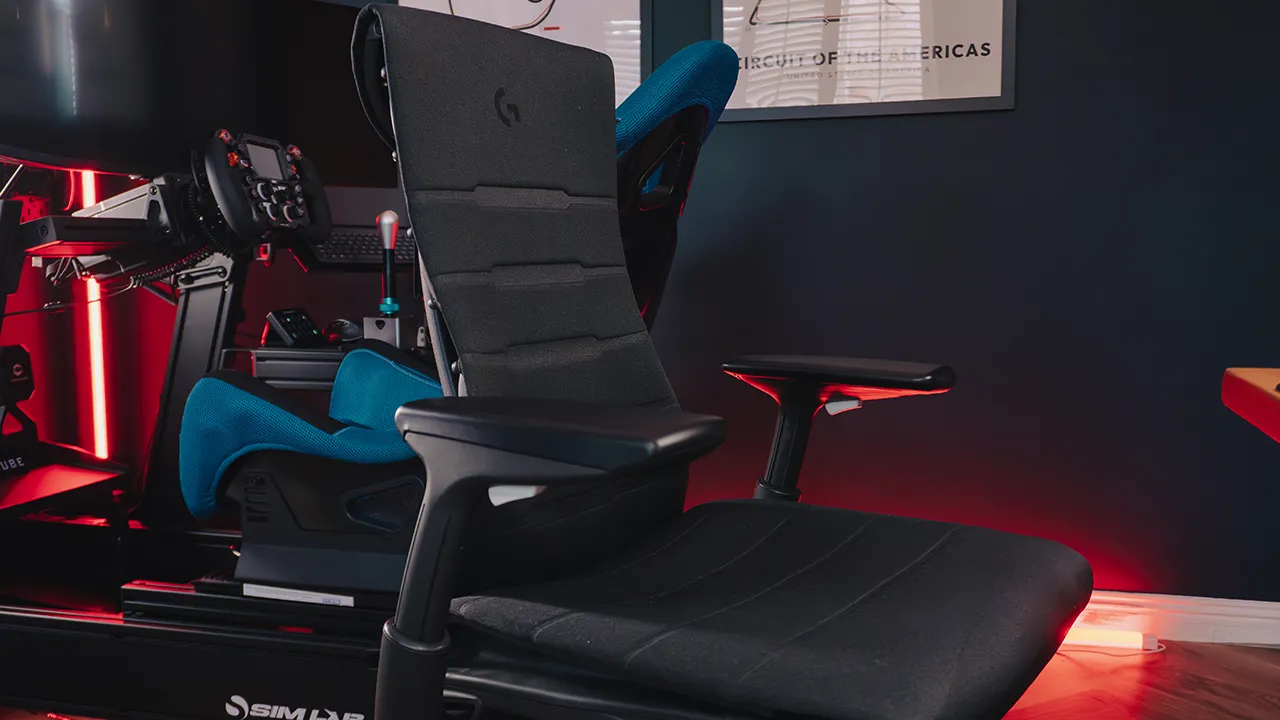
Premium office chair brand Herman Miller is known for its exceptionally comfy office and gaming chairs,… Read More »Herman Miller Launch 25% Off Winter Play Sale

Simucube has announced its 2025 Black Friday sale, and it includes huge discounts off the Simucube… Read More »Simucube Launch Their Black Friday Deals For 2025

| Cookie | Duration | Description |
|---|---|---|
| cookielawinfo-checkbox-analytics | 11 months | This cookie is set by GDPR Cookie Consent plugin. The cookie is used to store the user consent for the cookies in the category "Analytics". |
| cookielawinfo-checkbox-functional | 11 months | The cookie is set by GDPR cookie consent to record the user consent for the cookies in the category "Functional". |
| cookielawinfo-checkbox-necessary | 11 months | This cookie is set by GDPR Cookie Consent plugin. The cookies is used to store the user consent for the cookies in the category "Necessary". |
| cookielawinfo-checkbox-others | 11 months | This cookie is set by GDPR Cookie Consent plugin. The cookie is used to store the user consent for the cookies in the category "Other. |
| cookielawinfo-checkbox-performance | 11 months | This cookie is set by GDPR Cookie Consent plugin. The cookie is used to store the user consent for the cookies in the category "Performance". |
| viewed_cookie_policy | 11 months | The cookie is set by the GDPR Cookie Consent plugin and is used to store whether or not user has consented to the use of cookies. It does not store any personal data. |